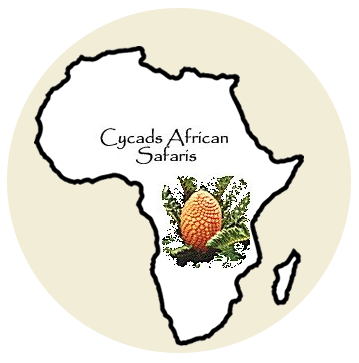It stands un-defeated. Yes, Kilimanjaro is the most hiked mountain in Africa, and with good reason. See, from the moment you set foot in the park, you start to feel rejuvenated, 10 years younger even. Parades of overlapping mountains surround you in astounding numbers. The headline park is the hiking experience it offers-as one seeks the highest peak in Africa-Uhuru (5895 metres or 19340 ft).
A vast ecosystem featuring five vegetation zones with intricate river systems; forest zone, heather zone, moorland, desert and snow zone take center. But wait, a decision between the two kinds of routes must first be made. Will it be the easy ones or are you going for the nerve-wracking types? If you don’t want much trouble, choose the former, especially Machame.
Kilimanjaro climbing starts with a lazy walk under the woods and over bridges whose rivers journey from as far as the remaining glaciers at the top. This forest is a true tale of calm and moisture, the wild life here is visibly pleased. In fact, it’s not unlikely that you will spot elephants wiggle their trunks in anticipation of various palatable vegetation. All is well here! Honestly though, there is nothing tiring about the walk up the mountain. “How come?” you might wonder.

Well, the caretakers free you of the burden of carrying weighty bags! This then makes for an effortless reach to the respective camps along the way up. At the top, a collection of gorgeously-wooden and well-insulated huts should help warm the coldest of bodies in this dropping temperatures.
The height of the trees lessen as you gain altitude and the well maintained footpath should make for a less challenging maneuver. Note though that during the dry season, they can be dusty. But get this, the gentle winds wouldn’t blow durst to the climber’s face, no way. One of the biggest highlights is entering into the cloud zone, a picture of floating giant cotton balls, so refreshing!
Atop it all is how much attention you get whilst seeking out the Kilimanjaro’s peak. Should you feel tired, the kind guides will insist that you rest! Oh yes, they will wait until all is well, and won’t make a step till then.
You know, when it comes to mountaineering, safety is everything. Your caretakers will pay extreme attention to your safety; you will be availed additional warm gear ahead of your ascent to Uhuru peak, the final lap of the hike.
Considering how steep its gradient is, the departure is often planned for 4 am. That way, you can make it to your destination before the sun gets unbearably hot.
Travel Advisory
Reaching the crest of Uhuru peak is such an inspiration. You have to see it for yourself one day. We are just a call away whenever you are ready, but first the travel tips.
- Bring with you enough warm gear to sustain the body at winter temperatures. Temperatures drop to negatives as one ascends past the cloud level (starting 2,500 meters above sea level).
- Hiking Kilimanjaro costs between $1200-$1600, depending on the tourism season. This fee covers full board experiences throughout the six day adventure.
- The best time to hike Kilimanjaro is during the warmest months. These run from January through mid-March. In the wet season, the floor of the mountain is slippery and thus hard to maneuver over.
